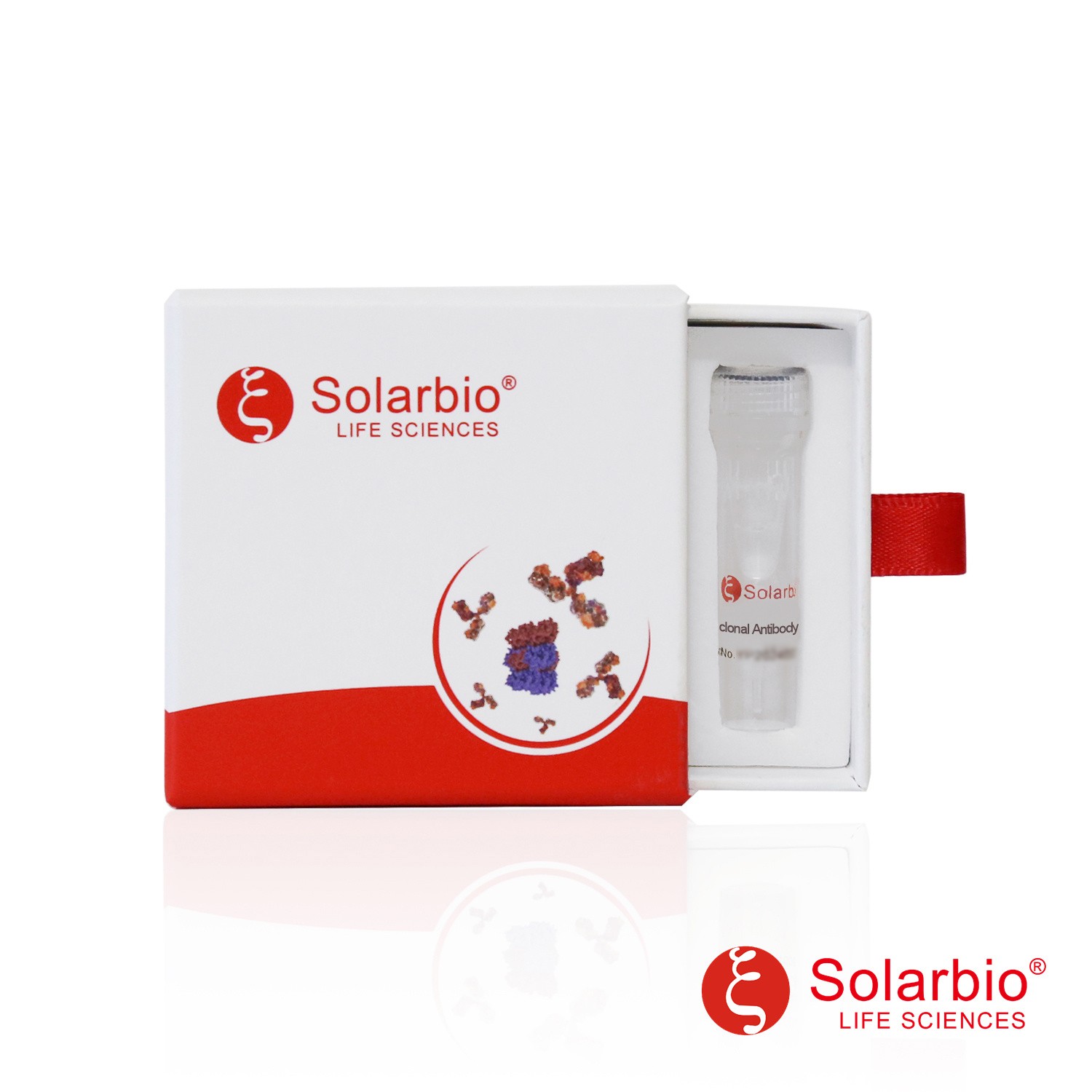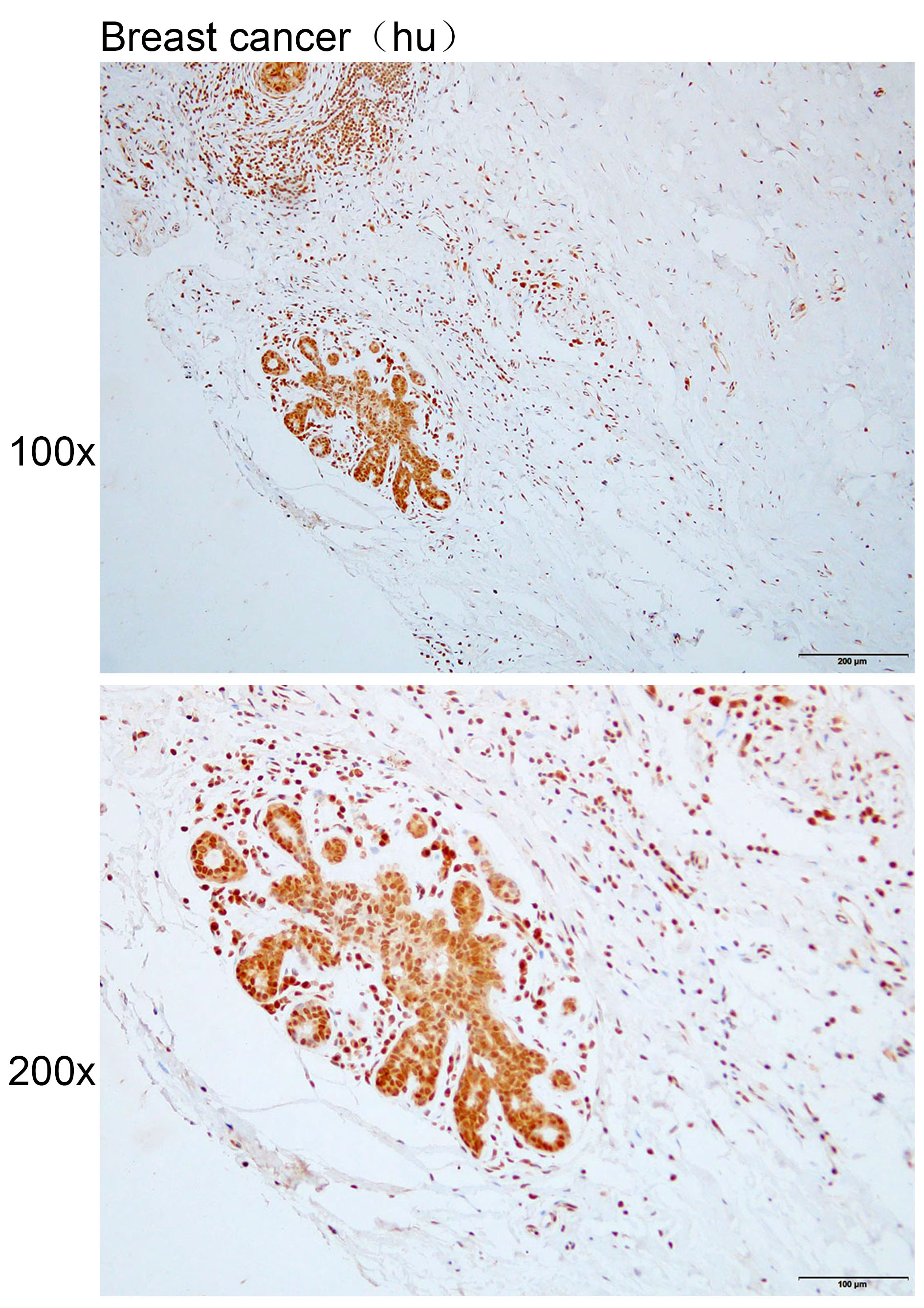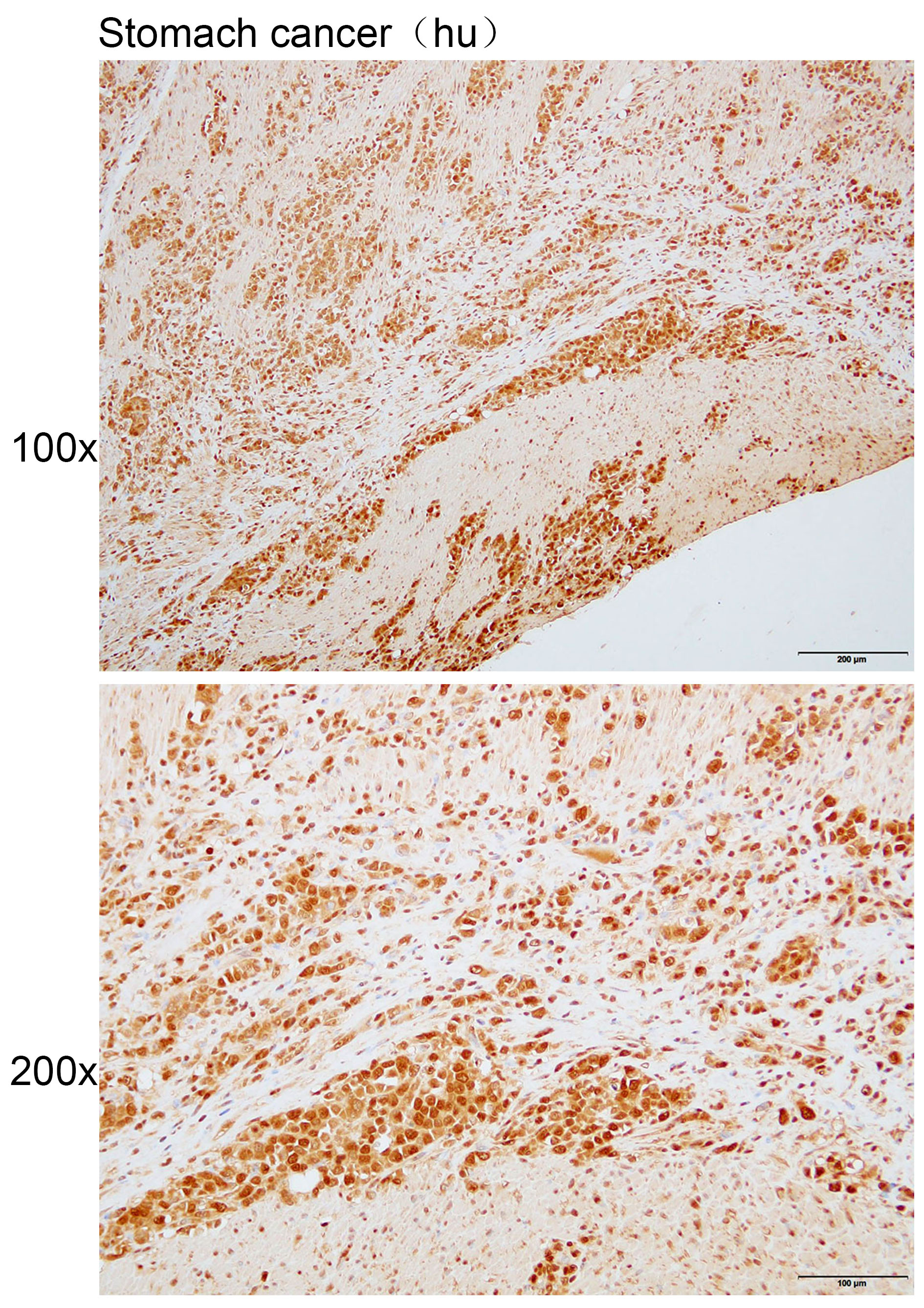| Background |
E3 ubiquitin-protein ligase that mediates ubiquitination and subsequent proteasomal degradation of target proteins (PubMed:9334332, PubMed:11483518, PubMed:19224863). E3 ubiquitin ligases accept ubiquitin from an E2 ubiquitin-conjugating enzyme in the form of a thioester and then directly transfers the ubiquitin to targeted substrates (PubMed:9334332, PubMed:11483518, PubMed:19224863). Mediates E3 ubiquitin ligase activity either through direct binding to substrates or by functioning as the essential RING domain subunit of larger E3 complexes (PubMed:9334332, PubMed:11483518, PubMed:19224863). Triggers the ubiquitin-mediated degradation of many substrates, including proteins involved in transcription regulation (GPS2, POU2AF1, PML, NCOR1), a cell surface receptor (DCC), an antiapoptotic protein (BAG1), and a protein involved in synaptic vesicle function in neurons (SYP) (PubMed:9334332, PubMed:11483518, PubMed:19224863). Mediates ubiquitination and proteasomal degradation of DYRK2 in response to hypoxia (PubMed:22878263). It is thereby involved in apoptosis, tumor suppression, cell cycle, transcription and signaling processes (PubMed:9334332, PubMed:11483518, PubMed:19224863, PubMed:22878263). Has some overlapping function with SIAH1 (PubMed:9334332, PubMed:11483518, PubMed:19224863). Triggers the ubiquitin-mediated degradation of TRAF2, whereas SIAH1 does not (PubMed:12411493). Promotes monoubiquitination of SNCA (PubMed:19224863). Regulates cellular clock function via ubiquitination of the circadian transcriptional repressors NR1D1 and NR1D2 leading to their proteasomal degradation (PubMed:26392558). Plays an important role in mediating the rhythmic degradation/clearance of NR1D1 and NR1D2 contributing to their circadian profile of protein abundance (PubMed:26392558). Mediates ubiquitination and degradation of EGLN2 and EGLN3 in response to the unfolded protein response (UPR), leading to their degradation and subsequent stabilization of ATF4 (By similarity). |


 English
English
 中文
中文

 Manual Download
Manual Download



